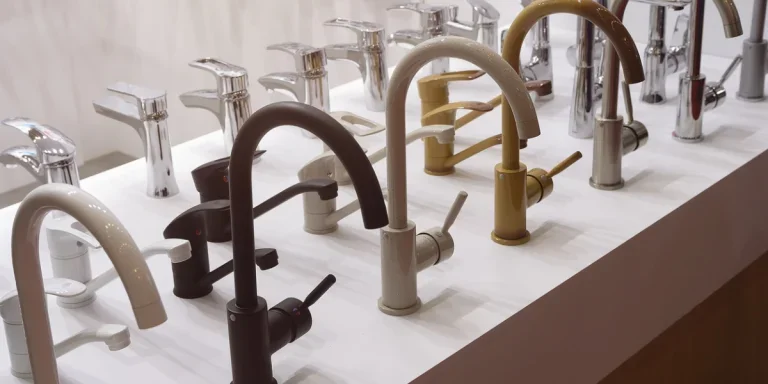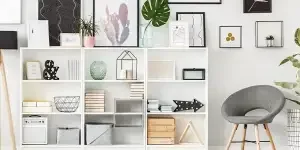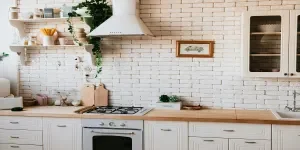Faucet mixers, also commonly known as sink faucets or mixer taps, represent one of the most practical innovations in the bathroom and kitchen accessory industry. There was a time when people used to turn two separate taps to get the desired water temperature: one for hot water and one for cold water. Now, this outdated solution appears only in a few places, like the UK.
In 2025, in the majority of countries around the world including North America, people use mixers that feature only one lever and a single valve to combine hot and cold water in a single stream, offering easier control of tap water temperature and volume, improving the user experience compared to traditional two-handle faucets.
Growing consumer interest in modern designs for their home, water efficiency, convenience, and touchless technology has made faucet mixers increasingly popular. For retailers, offering a well-selected range of quality mixers means responding to a growing market and following emerging trends in the bathroom and kitchenware sector.
Table of Contents
Faucet mixer: function and market
Trending styles and features
Minimalist single-handle mixers
Vintage and retro taps
Touchless faucet mixers
Smart tap mixers
Filtered faucets
Countertop sink mixers
Final thoughts
Faucet mixer: function and market
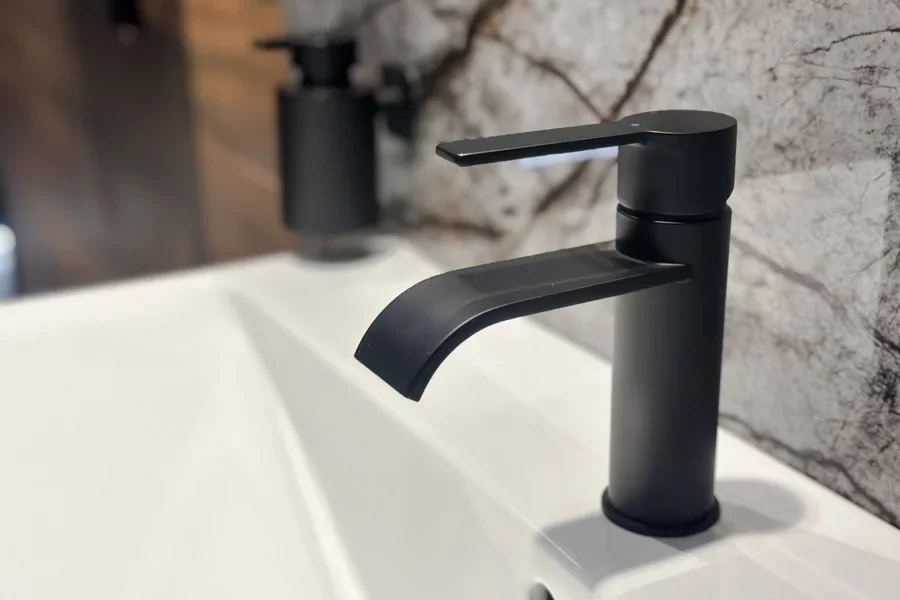
A faucet mixer is a simple, yet incredibly ingenious product designed to automatically combine hot and cold water within a single body, allowing the user to adjust the flow rate and the temperature of the water with a single control, which is usually a vertical or horizontal lever, and occasionally a knob.
This mechanism simplifies use, reduces the risk of scalding, and improves hygiene because it requires less manual contact with the user’s hands. For all these reasons, mixer taps have taken over the market and become the go-to model in kitchen sinks, bathroom vanities, showers, bath faucets, and bidets, becoming a preferred choice for those seeking comfort and convenience.
Virtually any homeowner has at least one of these items at home, and according to IMARC Group, the global faucet market (including mixer taps) is expected to reach $53.7 billion by 2032, growing at a CAGR of 6.9%. This data is backed up by a report by Grand View Research, which states that the global kitchen faucets market was worth $23.28 billion in 2024 and is rising to $36.69 billion by 2030, with a CAGR of 8%.
Trending styles and features
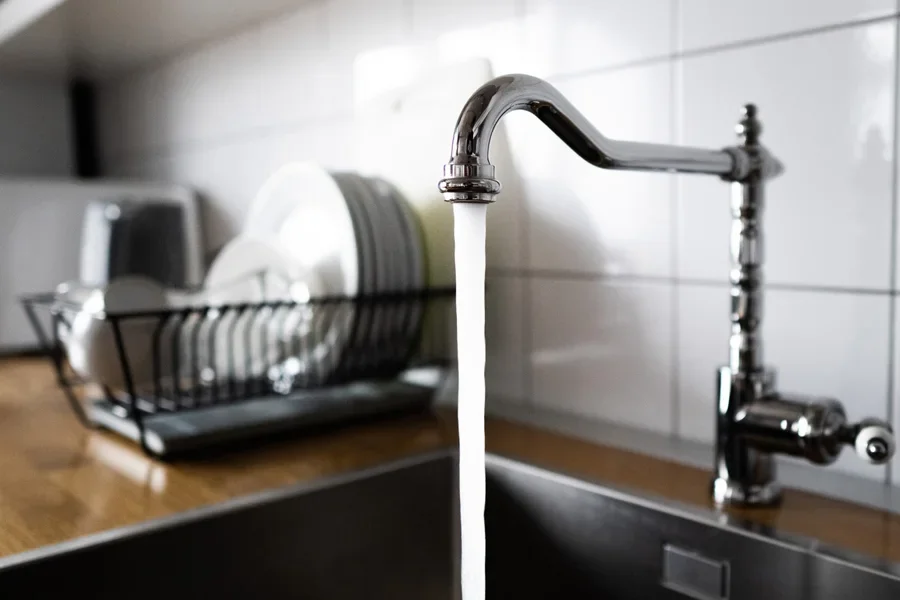
Different consumers look at other things when choosing a faucet mixer, and retailers should always keep up with trends and new models to provide their customers with the model that best suits their needs.
Of course, design plays a big role in the choice. Recent trends reflect aesthetic changes and functional innovations that combine style, sustainability, and ergonomics. Many people search for a tap that matches the style of their room and goes well with other metal fittings, like handles, switches, outlets, wall sconces, or pendant lights.
Other consumers demand faucets with smart features, such as touchless sensors and home automation compatibility, to reduce manual contact and improve water efficiency. Furthermore, sustainability-conscious users increasingly appreciate eco-friendly technology such as low-flow aerators and water-saving cartridges.
Minimalist single-handle mixers
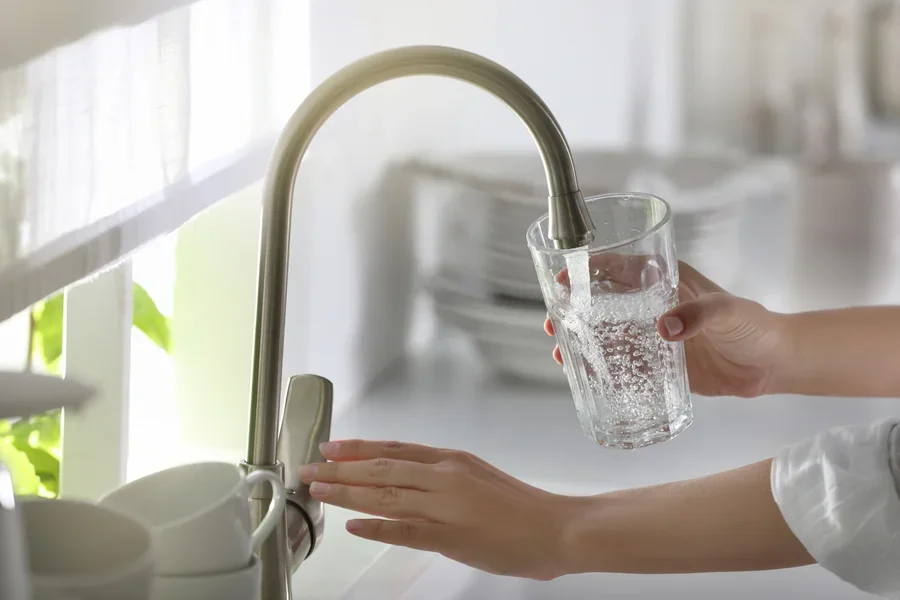
The minimalist single-lever faucet mixer features clean lines. It comes in different metallic finishes: matte black, brushed nickel, satin chrome, or stainless steel for contemporary styles, brass and gold for boho, and more traditional interiors.
Its clean lines allow for easy maintenance and a subtle visual impact. The demand for slim models is growing, even for small spaces.
Vintage and retro taps
Retro styles, such as mixers with porcelain knobs or antique bronze tones, evoke the elegance of designs from the past and have become popular in the last few years as a contraposition to millennial gray interiors.
These models integrate perfectly into restored homes and are particularly easy to find in boutique hotels and restaurants. Retro design is particularly popular in Europe and Art Deco-inspired environments.
Touchless faucet mixers
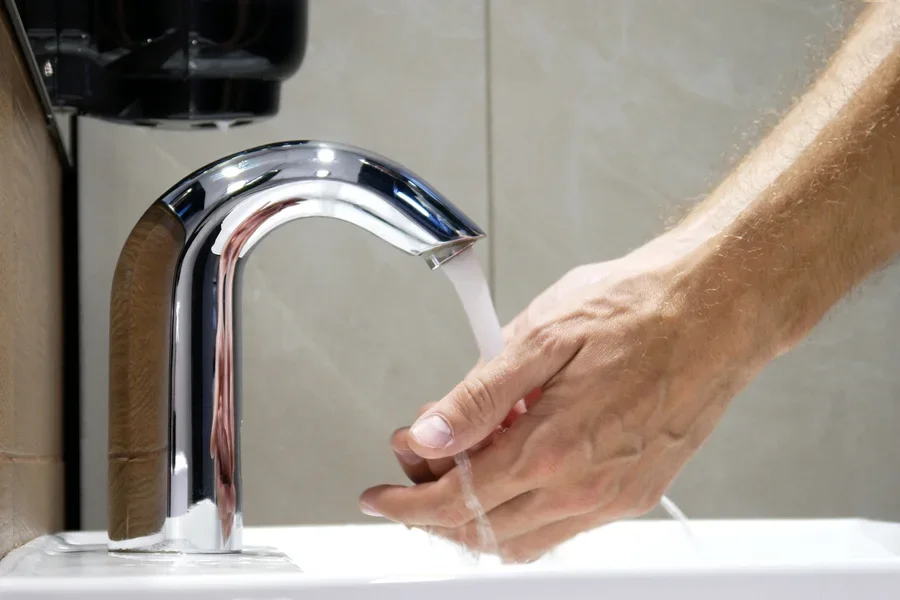
A touchless faucet has a built-in sensor that activates the water flow without manual contact, making it the perfect bathroom faucet for public restrooms, restaurants, or sanitary facilities.
The benefits of this mixer are not limited to safety: some models can also reduce waste thanks to automatic flow control. Many recent models also include LED indicators for visual temperature control.
Smart tap mixers
These models integrate with smart home systems and allow you to set temperature, volume, and automatic functions via an app or voice commands.
They also monitor water consumption, saving energy and increasing comfort. Some models are compatible with Alexa, Google Assistant, and Apple HomeKit.
Filtered faucets
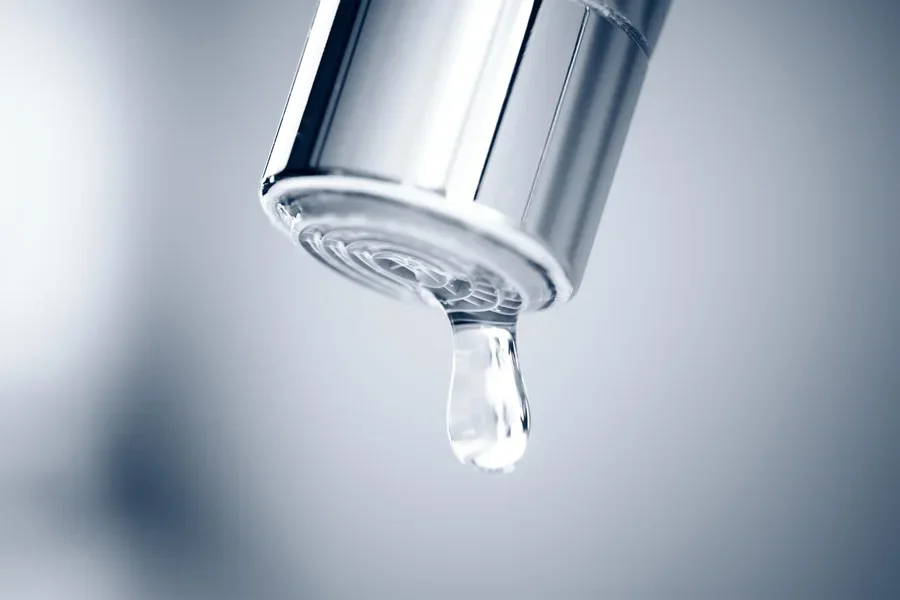
Models equipped with a built-in filter guarantee drinkable water directly from the tap. These mixers respond to the growing demand for hygienic and healthy solutions, representing a premium area in the catalogs of targeted retailers. Some faucets with filters integrate remineralization systems or activated carbon filters.
Countertop sink mixers
With the spread of large countertop sinks in the kitchen, the demand for extra-high mixer taps is also growing.
These models don’t only meet technical needs, but become real conversation pieces in kitchen and bathroom furnishings. Faucet mixers with a swivel spout or adjustable aerator are among the most sought-after.
Final thoughts
Faucet mixer taps are now a key element for functionality and design in bathrooms and kitchens. Thanks to the various styles available—from contemporary minimalism to smart or retro models—they represent an attractive business opportunity for retailers looking to offer high-performance, sustainable, and stylistically relevant products.
Offering a curated selection of faucets that incorporates technology, water efficiency, and trendy finishes means successfully positioning yourself in a market that continues to grow and innovate. Proper display, clear information support, and ongoing training for sales staff can build customer loyalty among both professional and private customers.
